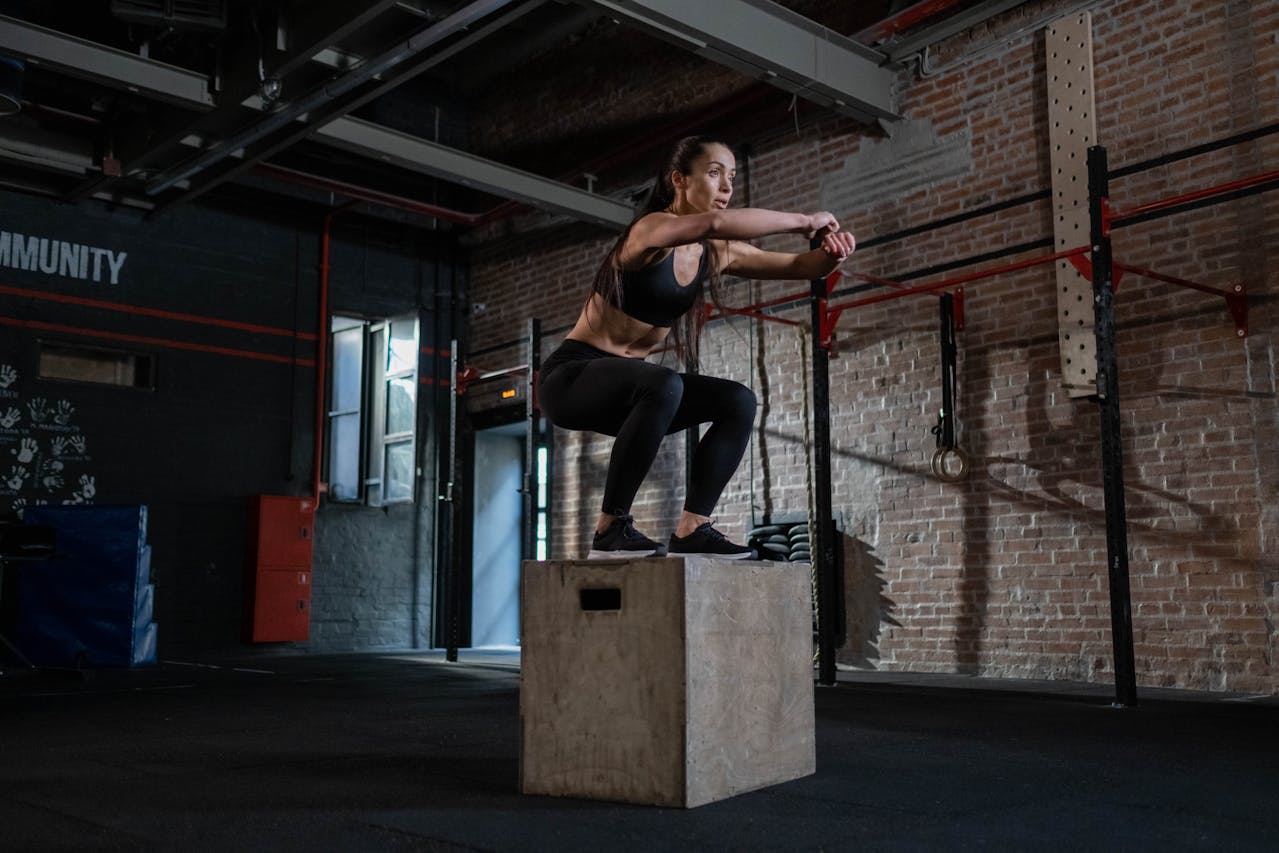CrossFit is an intense, high-impact sport that pushes the limits of strength, endurance, and mobility. From Olympic lifts and high-rep squats to gymnastic movements and explosive sprints, it’s no surprise that many athletes struggle with overuse injuries, joint pain, and muscle soreness.
While rest, stretching, and mobility work play a key role in recovery, laser therapy is emerging as a promising tool to help CrossFit athletes manage pain and inflammation while speeding up the healing process.
The Demands of CrossFit: Why Overuse Injuries Are Common
Unlike sports with predictable movement patterns, CrossFit workouts challenge the body with constantly varied, high-intensity functional movements. This can put significant strain on joints, tendons, and muscles, increasing the risk of overuse injuries such as:
1. Shoulder Injuries
- Bursitis & Tendonitis – Repetitive overhead movements (snatches, jerks, handstand push-ups) can inflame the shoulder’s bursa and tendons, leading to pain and limited mobility.
- Labral Tears – Heavy lifts and kipping movements can cause damage to the cartilage in the shoulder joint, making it unstable.
2. Knee Pain & Cartilage Damage
- Patellar Tendonitis – High-volume squats, lunges, and box jumps can stress the patellar tendon, leading to chronic knee pain.
- Osteoarthritis – Over time, repetitive impact can wear down cartilage, making knee pain a major issue for seasoned CrossFit athletes.
3. Lower Back Strain & Sciatica
- Deadlifts, kettlebell swings, and squats put heavy demands on the lumbar spine, often leading to muscle strain, joint inflammation, or even nerve compression.
4. Elbow & Wrist Overuse Injuries
- Golfer’s elbow & tennis elbow – Constant gripping (pull-ups, barbell work, kettlebells) can irritate the tendons in the forearm, causing pain near the elbow.
- Wrist pain – Supporting body weight in front-rack positions or handstands places strain on the wrists, often leading to chronic discomfort.
How Laser Therapy Supports CrossFit Recovery
Laser therapy, also known as low-level laser therapy (LLLT), is a non-invasive treatment that uses light energy to reduce inflammation, enhance circulation, and accelerate tissue repair. It has gained popularity among athletes and physical therapists for its ability to support muscle recovery and joint health without relying on medications or surgery.
Alison, who has used the Handy Cure Low-Level Laser, shared her experience:
“Had amazing results using the Handy Cure Laser to treat my shoulder (bursitis, labral cartilage tear, and tendonitis). Pain had reduced from the first use, and I am getting more movement in the joint over time. Have also used it to reduce pain in my knee with osteoarthritis and cartilage damage—again, reduction in pain from the first use. Highly recommended.”
Key Benefits of Laser Therapy for CrossFit Athletes
- Reduces Inflammation & Pain – Laser therapy decreases pro-inflammatory cytokines, helping to calm down swelling and irritation in overworked joints and muscles.
- Accelerates Muscle Repair – It boosts ATP production (cellular energy), which speeds up recovery from microtears in muscle fibers after intense workouts.
- Improves Blood Flow & Oxygenation – Better circulation helps flush out lactic acid and delivers nutrients to damaged tissues, reducing post-workout soreness.
- Enhances Joint Mobility & Flexibility – By breaking down scar tissue and improving collagen formation, laser therapy helps keep joints moving freely.
- Non-Invasive & Drug-Free – Ideal for long-term injury management without the side effects of NSAIDs or cortisone injections.
Scientific Backing: Can Laser Therapy Really Help?
A study published in SAGE Journals explored the effects of low-level laser therapy on athletic recovery, showing significant reductions in pain and inflammation in musculoskeletal injuries. Research continues to support its use for sports-related strain injuries, particularly in high-intensity training athletes like CrossFitters.
How to Incorporate Laser Therapy Into Your CrossFit Recovery Routine
If you’re constantly dealing with aches, tightness, or recurring injuries, adding laser therapy to your recovery plan could be an innovation. Here’s how to make the most of it:
- Use it immediately after training – Applying laser therapy post-workout can reduce soreness and prevent inflammation from building up.
- Target problem areas consistently – Whether it’s your shoulders, knees, or lower back, regular use helps maintain long-term joint health.
- Combine it with mobility work – Pair laser therapy with foam rolling, stretching, and dynamic mobility drills to optimize results.
- Don’t wait for pain to worsen – The earlier you address minor strains and aches, the better your chances of avoiding long-term injuries.
Final Thoughts: A Powerful Recovery Tool for CrossFit Athletes
CrossFit pushes the body to its limits, and injuries come with the territory. While smart training, rest, and mobility work are essential, laser therapy offers an extra layer of recovery support, helping athletes train harder and recover faster.
If you’re looking for a non-invasive way to manage joint pain, muscle recovery, and overuse injuries, the Handy Cure Low-Level Laser might be worth exploring.
What’s your go-to recovery method for CrossFit injuries? Let’s share some recovery tips!
References:
Luo W-T, Lee C-J, Tam K-W, Huang T-W. Effects of Low-Level Laser Therapy on Muscular Performance and Soreness Recovery in Athletes: A Meta-analysis of Randomized Controlled Trials. Sports Health. 2022;14(5):687-693. doi:10.1177/19417381211039766
